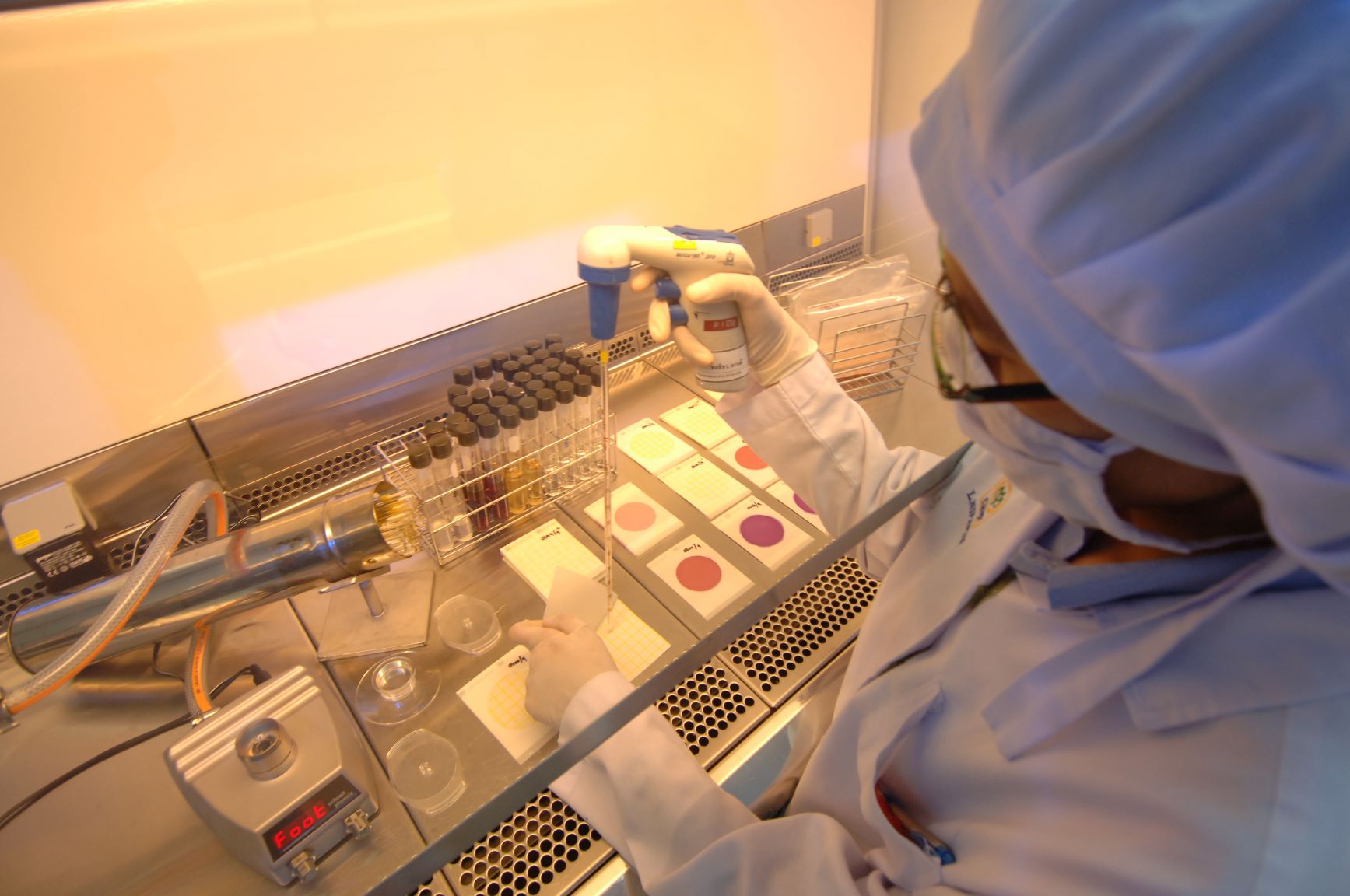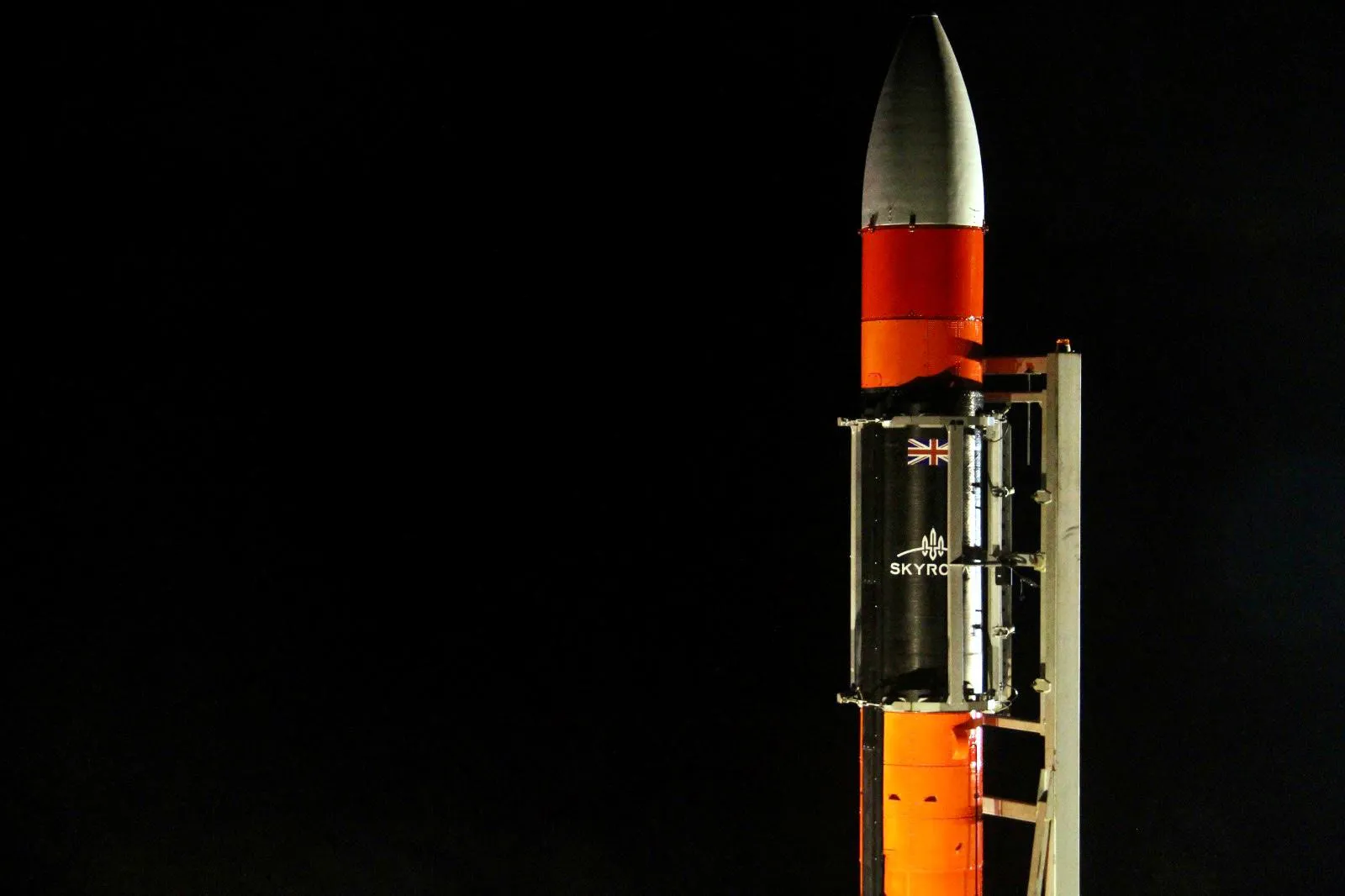Loggerhead turtles tracked from space

Captivity-born loggerhead sea turtles have been safely released into the sea earlier last week and are set to be tracked by satellites. The endangered turtles are part of the first loggerhead nest discovered and recorded in the area of Murcia, Spain within the last 100 years.
Back into the sea
Just over a year ago a nest of loggerhead sea turtles was identified on the beach of Cala Arturo representing the first recorded successful laying within the region of Murcia since the late 19th century. One year later, the baby turtles have reached the weight of 1 kilogram, which makes them less vulnerable to predatory birds and fish, thus increasing their odds of survival in the wilderness. As a result, 21 captivity-born specimens were released earlier this week into their natural environment, with three of them being constantly monitored by satellite in order to track their behaviour and aid conservation efforts.
Loggerhead turtles are the largest hard-shelled turtles found on Earth, with an average weight of 80-200 kg once adulthood is reached and a lifespan of over 50 years. In the Spanish Catalogue of Endangered Species loggerhead turtles are listed as “vulnerable”, while on the IUCN’s Red List of Threatened Species they class as “endangered". The main threats faced by these marine reptiles are plastic ingestion and bycatch. Injured turtles are routinely discovered off the coast of Murcia and those that can be rescued are nursed and released back into the sea by the regional wildlife recovery centre. Due to the high level of threats the turtles are exposed to, only one in a thousand reach adulthood, thus protection programmes such as keeping them closely monitored in controlled environments during the first year of their life are a necessity for the survival of this species.
Tracking turtles
Tracking turtles has been of interest to biologists for many years, nonetheless monitoring marine fauna has always been quite the challenge. The first studies using geolocating satellite tags attached on turtles took place over 25 years ago, and had the purpose of gathering key information regarding the movements and behaviours of these fascinating reptiles. Nowadays on the other hand, most GPS tracking studies focus on wildlife conservation management, as most sea turtle species are listed as either vulnerable, endangered or critically endangered on the International Union for the Conservation of Nature’s (IUCN) Red List of Threatened Species.
Around the world, many institutions and research programmes are using satellite trackers in order to obtain accurate data on turtle location over large periods of time. The trackers are glued onto the shells and are able to receive satellite radio signal every time the reptiles are resurfacing for air. As the outer layer of the shell is periodically shed, the device will only last from a few months to a couple of years, thus mounting the systems onto the shells is a continuous effort. Another recent example, apart from the Murcian turtles, is a study undertaken by researchers from James Cook University, with the aim of tracking green turtles from space in order to help manage their environments near the Gladstone port area in Australia. The work is still on-going and since 2011, a total of 73 turtles have been equipped with GPS trackers.
References
1. Abc.net.au. 2020. 'Turtle Rodeo' Technique Used To Track Vulnerable Species From Space. [online] Available at: https://www.abc.net.au/news/2020-09-30/queensland-scientists-track-greenturtles-from-space/12714372 [Accessed 1 October 2020].
2. Jcu.edu.au. 2020. Tracking Turtles From Space. [online] Available at: https://www.jcu.edu.au/news/releases/2020/september/tracking-turtles-from-space [Accessed 1 October 2020].
3. Murcia Today. 2020. Excitement As 100 Turtle Eggs Are Laid On The Beach In La Manga Del Mar Menor. [online] Available at: https://murciatoday.com/excitement-as-100-turtle-eggs-are-laid-on-thebeach-in-la-manga-del-mar-menor_1477005-a.html [Accessed 1 October 2020].
4. Murcia Today. 2020. First Baby Loggerhead Turtles In Over 100 Years In Murcia Doing Well In San Pedro Del Pinatar. [online] Murcia Today. Available at: https://jumillatoday.com/first-baby-loggerheadturtles-in-over-100-years-in-murcia-doing-well-insan-pedro-del-pinatar_1172752-a.html?search=true&subject=680&town=4&town_search=true [Accessed 1 October 2020].
5. Murcia Today. 2020. First Loggerhead Sea Turtle Eggs Laid In The Costa Cálida For Over 100 Years. [online] Available at: https://murciatoday.com/archived-_-first-loggerhead-sea-turtle-eggs-laid-inthe-costa-cálida-for-over-100-years_1047601-a.html?#bottom_navigate [Accessed 1 October 2020].
6. Murcia Today. 2020. First Loggerhead Sea Turtles Hatch At Calblanque Beach. [online] Available at: https://murciatoday.com/archived-_-firstloggerhead- sea-turtles-hatch-at-calblanquebeach_1110178-a.html?#bottom_navigate [Accessed 1 October 2020].
7. Murcia Today. 2020. Ten Of The First Turtles To Be Born In Murcia Region For 100 Years Released On Monday. [online] Available at: https://murciatoday.com/ten-of-the-first-turtles-to-be-bornin-murcia-region-for-100-years-released-onmonday_1510297-a.html [Accessed 1 October 2020].
8. National Geographic. n.d. Loggerhead Sea Turtle. [online] Available at: https://www.nationalgeographic.com/animals/reptiles/l/loggerhead-sea-turtle/ [Accessed 1 October 2020].
9. Olive Press News Spain. 2020. Endangered Turtles Released Off Spain’S Murcia To Be Tracked Around The World By Satellite - Olive Press News Spain. [online] Available at: https://www.theolivepress.es/spain-news/2020/09/30/endangered-turtles-released-off-spains-murcia-coast-to-be-tracked-around-the-world-by-satellite/ [Accessed 1 October 2020].



